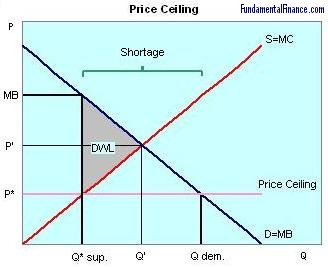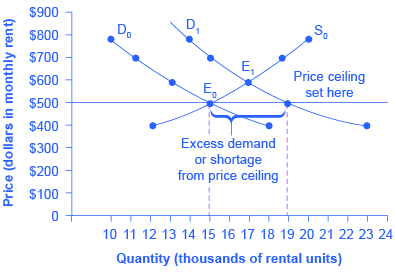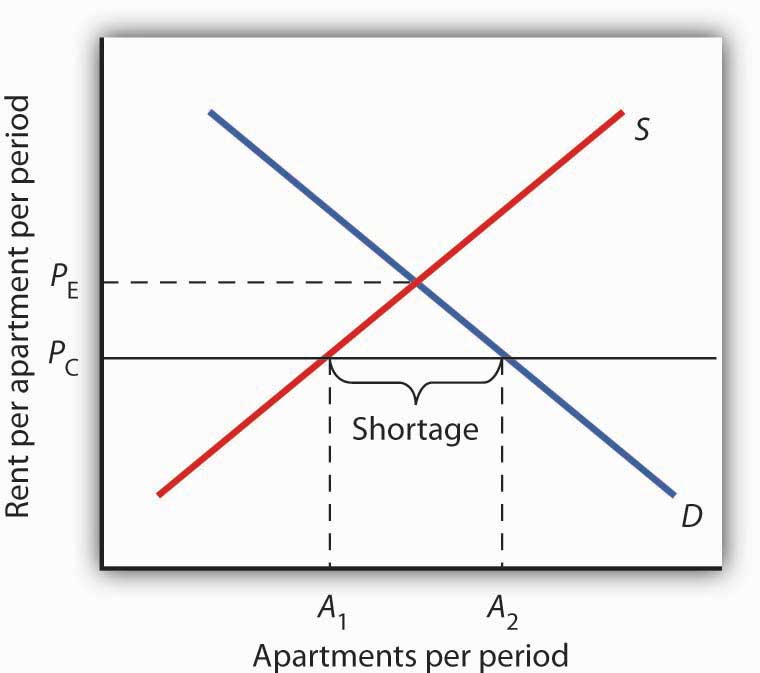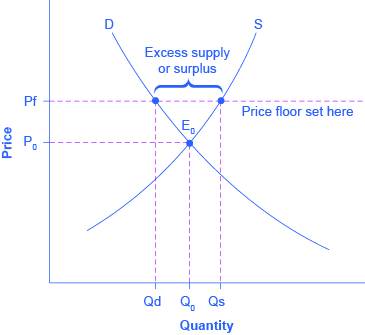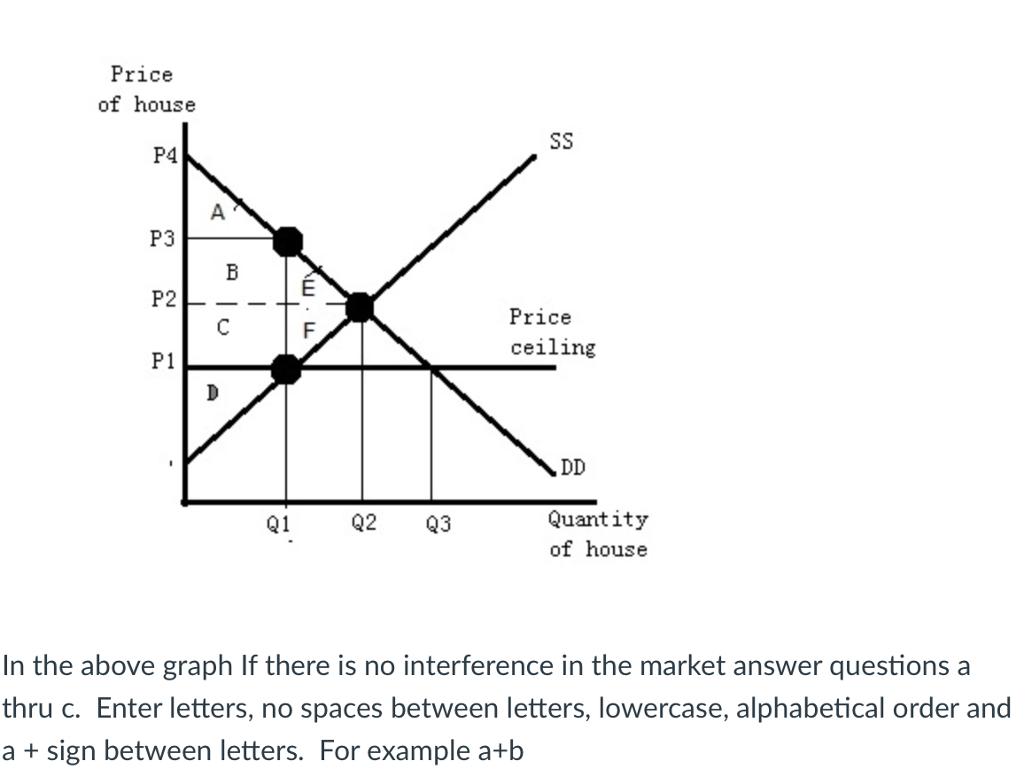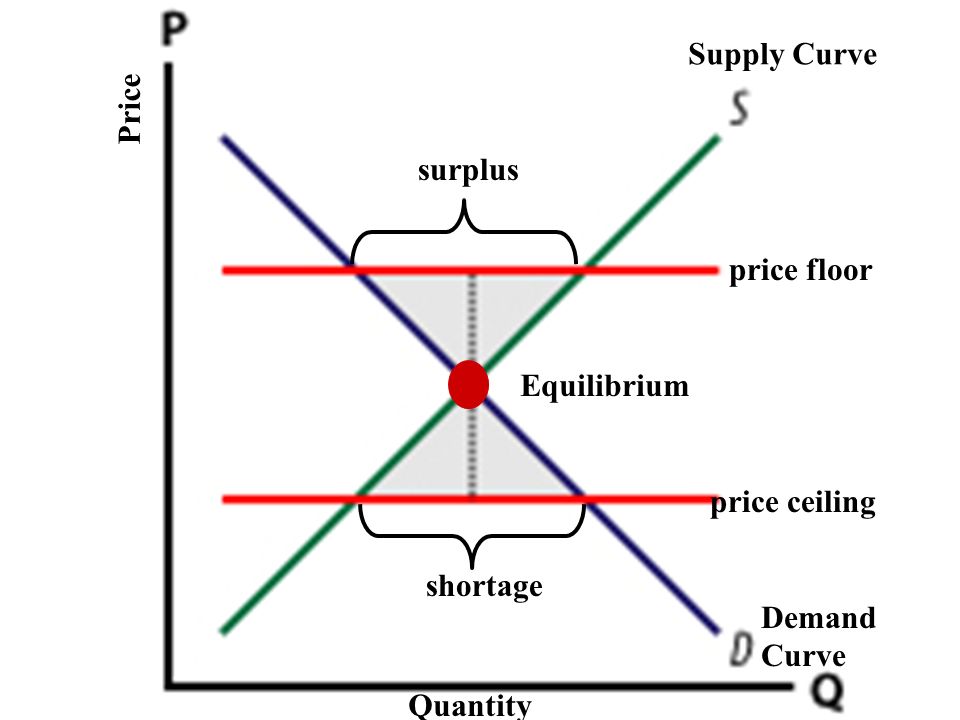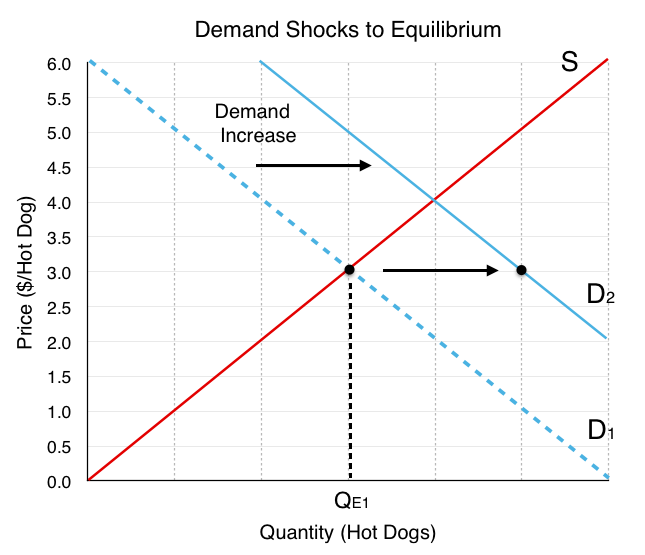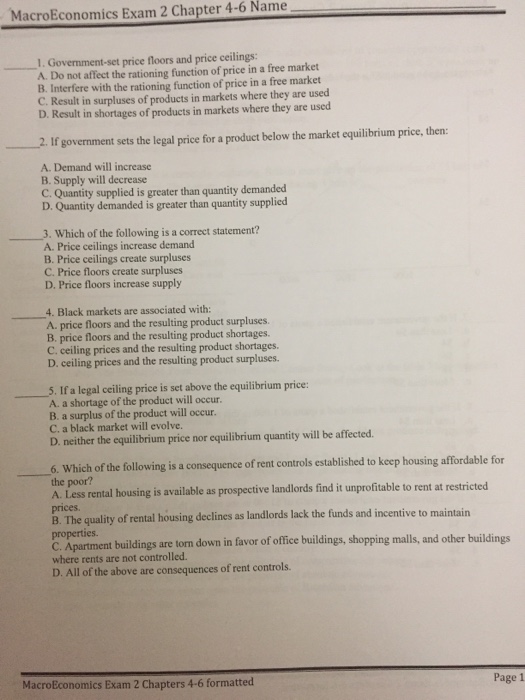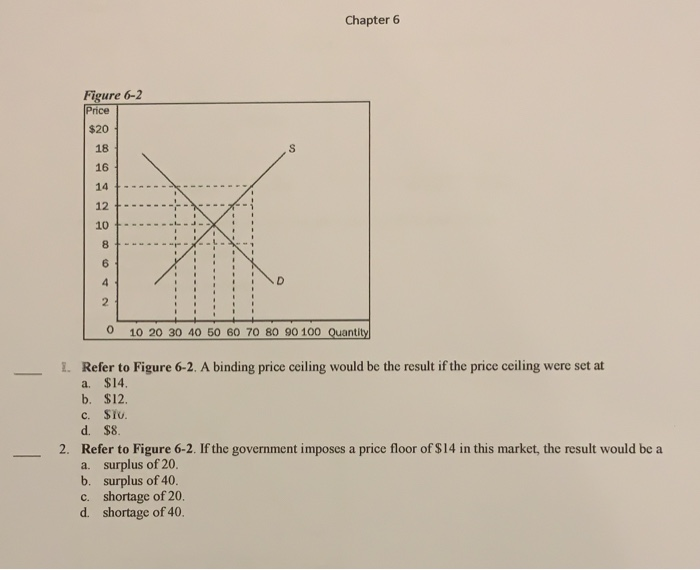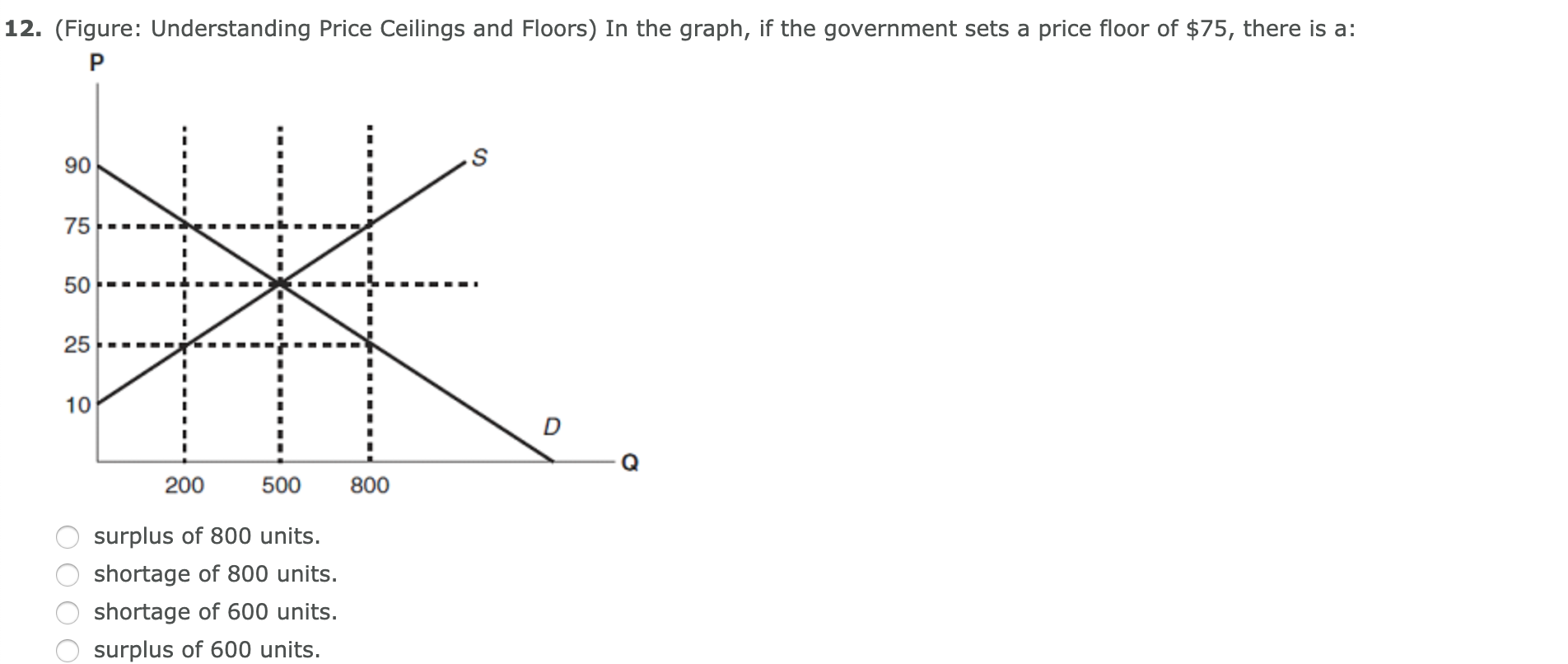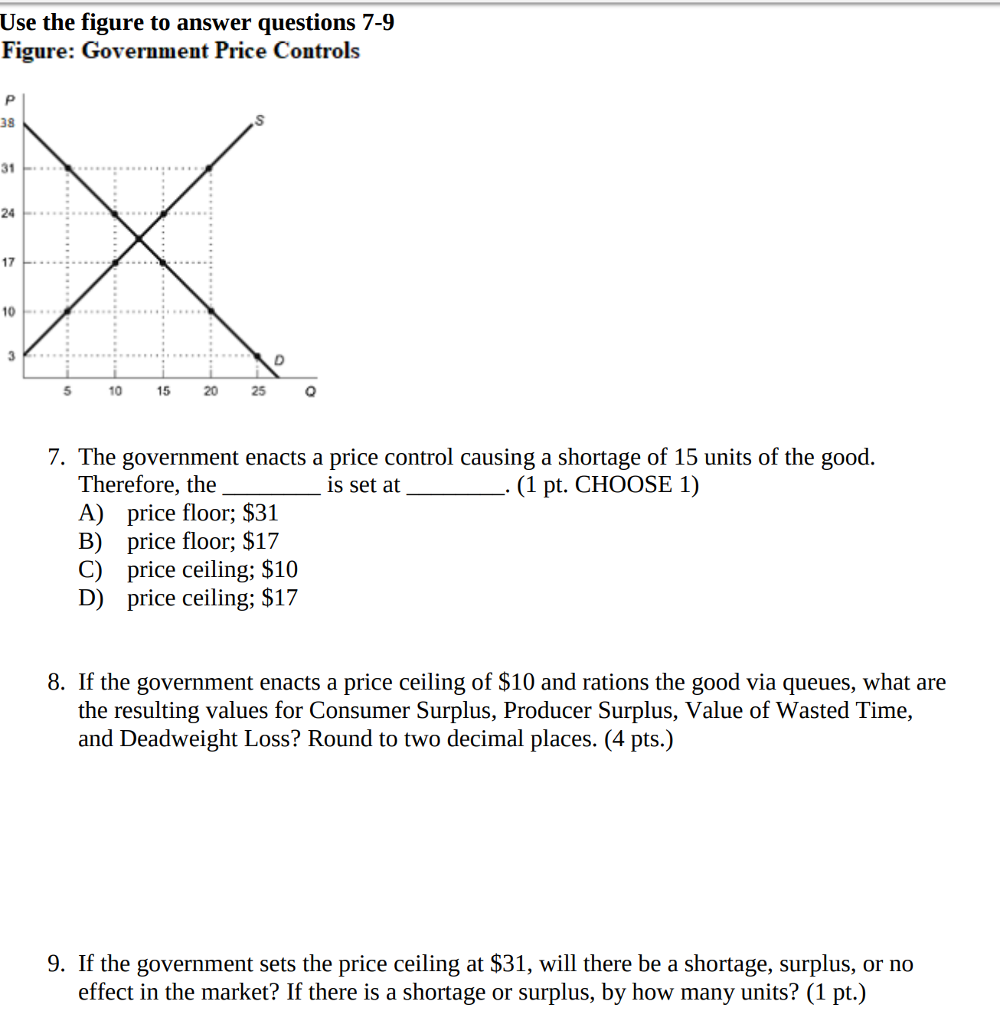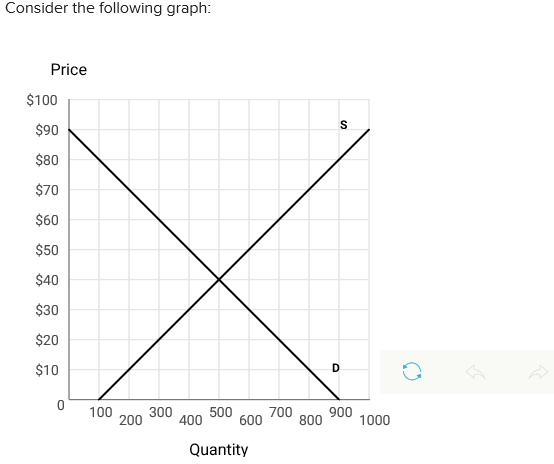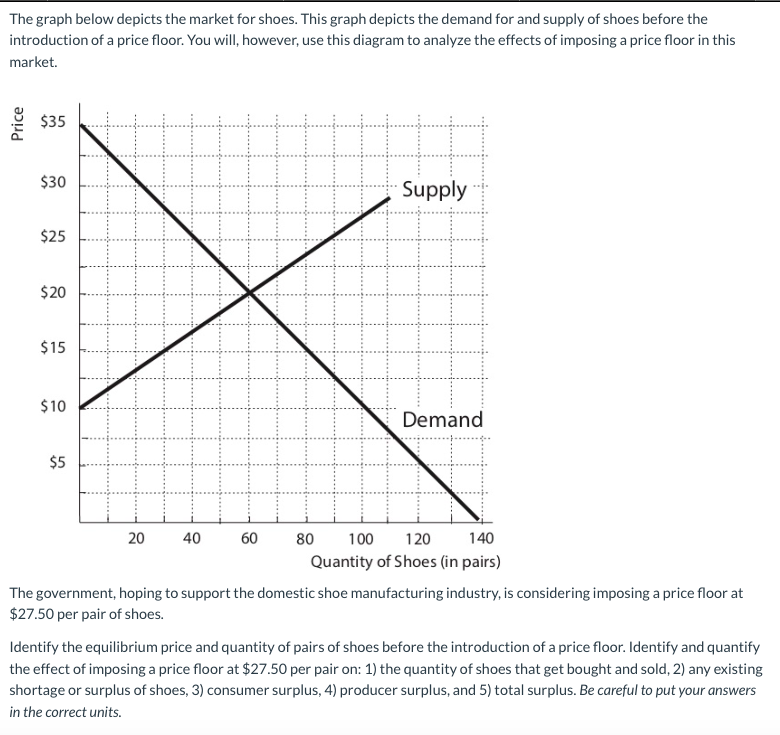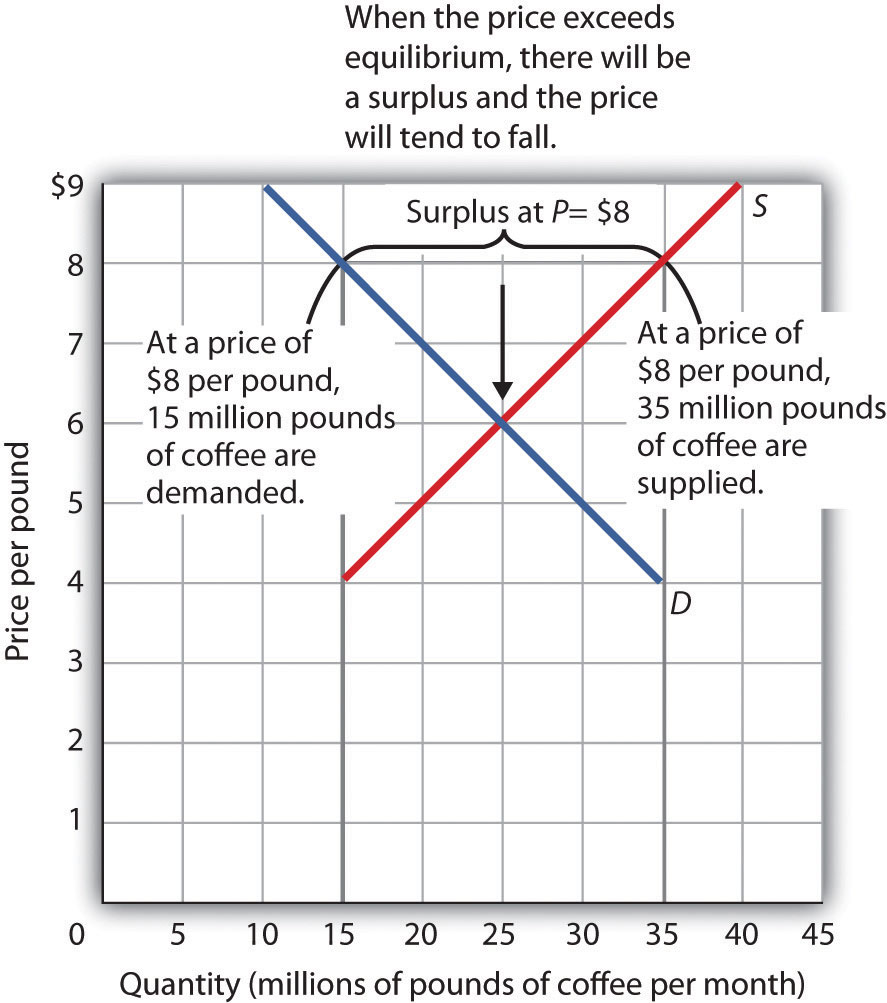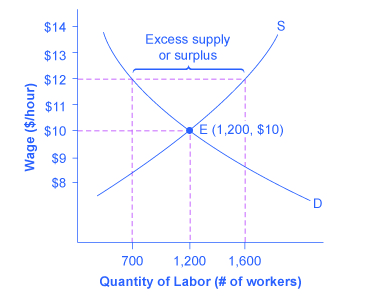Governments typically purchase the amount of the surplus or impose production restrictions in an attempt to reduce the surplus.
Do price floors create shortages or surpluses.
An example of a price ceiling we can use to explain the concept would be rent control.
Producers are better off as a result of the binding price floor if the higher price higher than equilibrium price makes up for the lower quantity sold.
Price floors prevent a price from falling below a certain level.
Unfortunately it like any price floor creates a surplus.
One way shortages occur is through a price ceiling.
Price ceilings create shortages by setting the price below the equilibrium.
Does a binding price floor cause a surplus or shortage.
If price floor is less than market equilibrium price then it has no impact on the economy.
Price floor is enforced with an only intention of assisting producers.
The price change continues until a new equilibrium between supply and demand is reached according to the experimental economics center from the andrew young school at.
When a price floor is set above the equilibrium price quantity supplied will exceed quantity demanded and excess supply or surpluses will result.
On a graph of the supply and demand curves the supply and demand curve intersect at the equilibrium the point where the quantity.
We call a surplus caused by the minimum wage unemployment.
Price floors and price ceilings often lead to unintended consequences.
But if price floor is set above market equilibrium price immediate supply surplus can be observed.
When price ceilings are imposed consumer surplus increases and producer surplus decreases.
A shortage or surplus occurs when the supply for a good or service does not equal demand with shortages causing a general rise in price and surpluses causing prices to fall.
Imagine if you had to rent out the front apartment of the farm for half of what you wanted to rent because of some new law obama made.
Price floors prevent a price from falling below a certain level.
How does consumer surplus and producer surplus change when a price control is imposed.
After the establishment of the price floor the market does not clear and there is an excess supply of amount qs qd.
When price floors are imposed consumer surplus decreases and producer surplus increases.
In this case it is a surplus of workers suppliers of labor more of whom are willing to work in minimum wage jobs than there are employers demanders willing to hire at that wage.
When government laws regulate prices instead of letting market forces determine prices it is known as price control.
